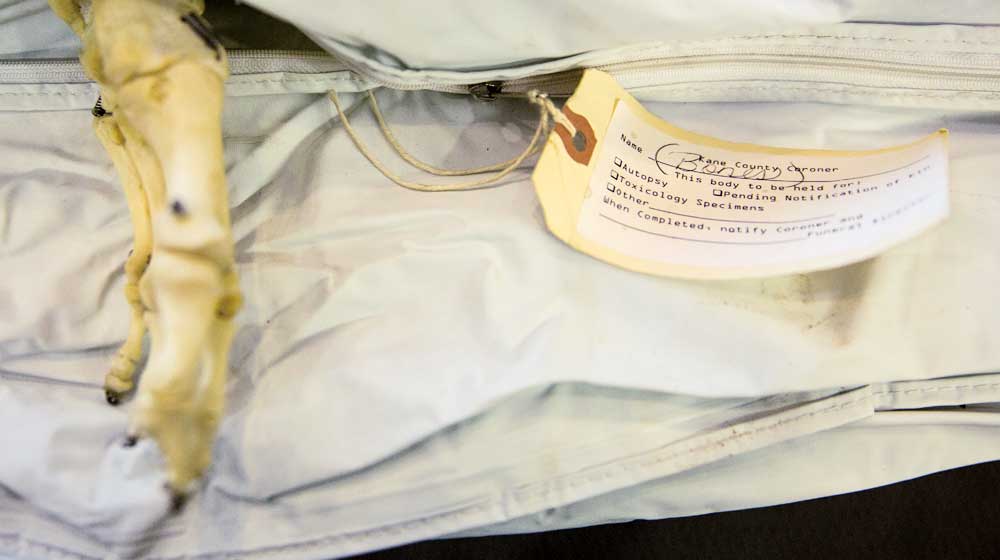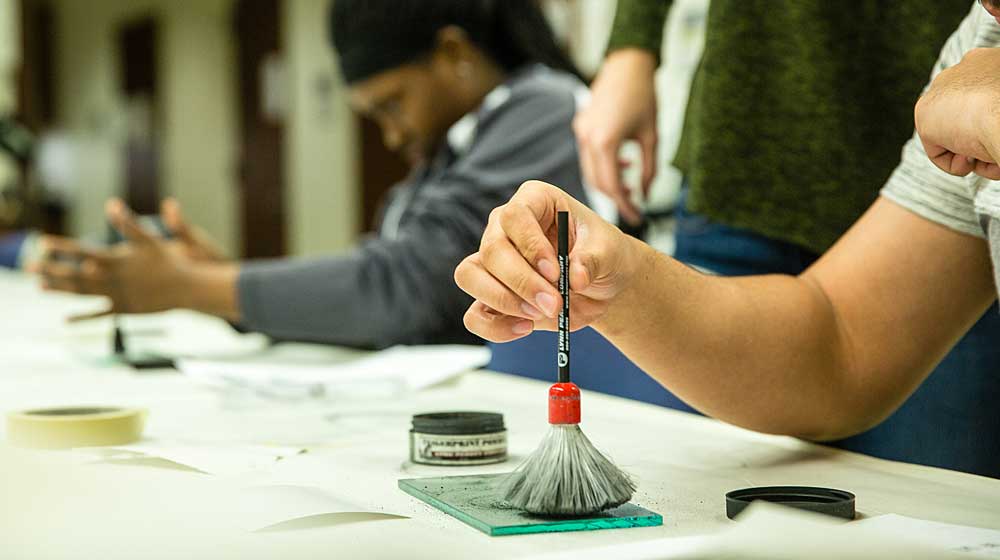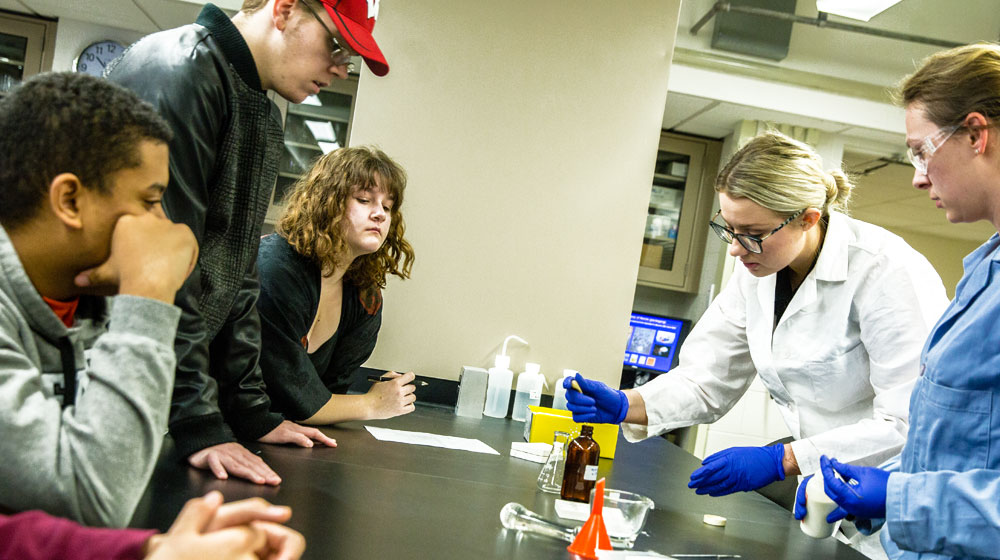A crime scene is a puzzle that holds the clues to solving a case—but it takes expert training to be able to crack those clues. Seniors from Evanston Township High School (ETHS) got a firsthand lesson in how to do just that when they visited Loyola’s Forensic Science undergraduate labs to learn about crime scene investigation (CSI).
What did forensics investigators find?
Listen to senior Forensic Science major Justine Kwak set up the scene.
The body
Although this human skeleton is decomposing, it can tell us a lot, including age at death, sex, ancestry, stature, indications of trauma, and past conditions/diseases.
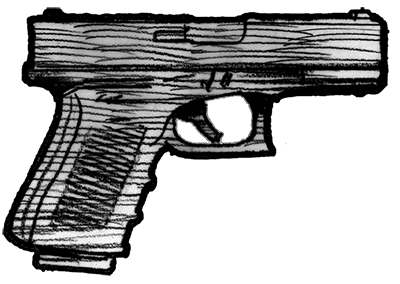
Handgun
The gun may have fingerprints that could be traced to the victim or possibly the perpetrator. This pattern evidence may help in identifying the victim or others involved in the crime.
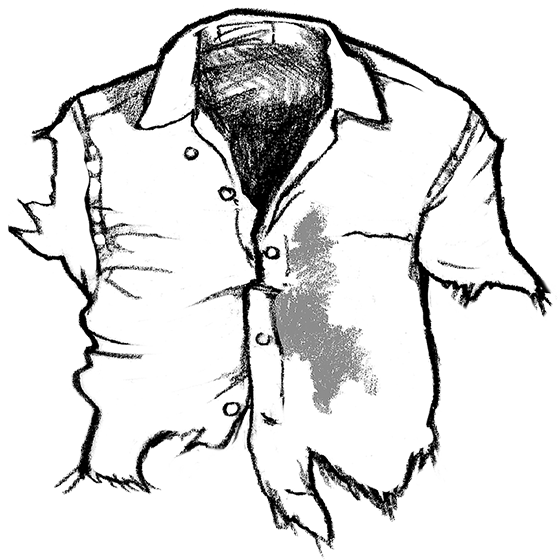
Torn clothing
The clothing may have biological samples-such as bodily fluids-that could be tested to help reveal the identity of the victim or possibly perpetrator.
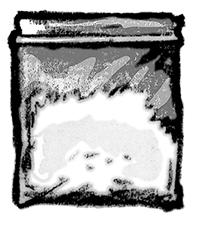
Baggie and substance
The unknown contents will be analyzed by drug chemists and toxicologists for identification. Any DNA found in the substance could also be used in identifying the victim or others involved.
Human skull
The skull will be examined to determine the events leading up to death and analyze any alterations to the skull, as in this case what appears to be trauma.
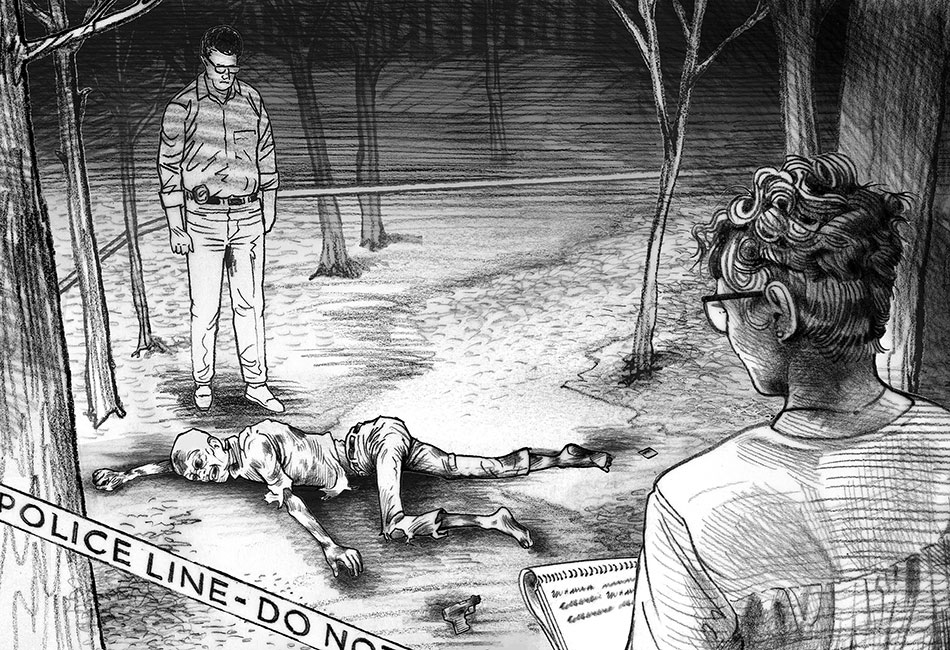
“We're a small piece of the process. We don't solve crimes. I want visitors to our labs to get a realistic snapshot of forensic anthropology.”— Anne Grauer, PhD, chair of Anthropology and forensic anthropologist for Cook County
The building blocks of CSI
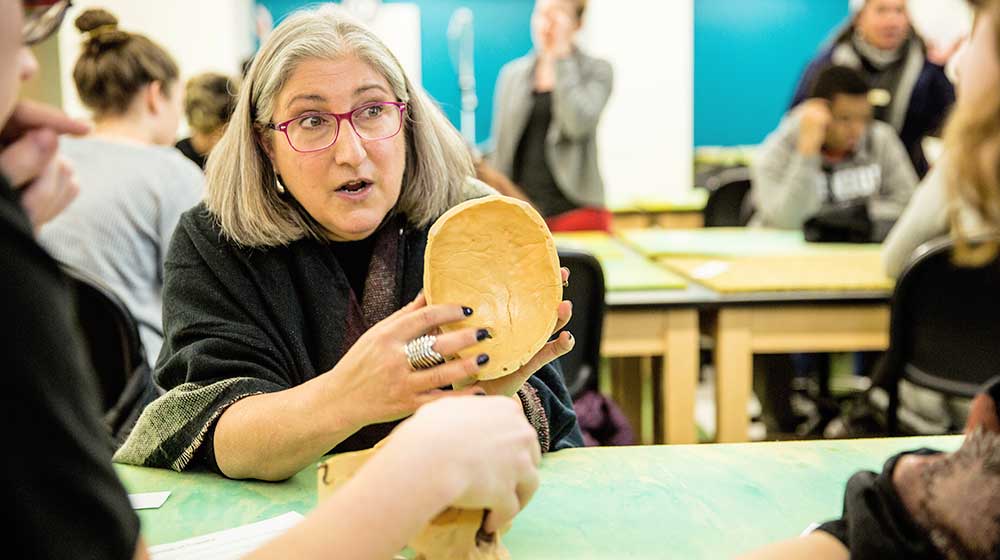
Forensic Anthropology - By applying the science of biological anthropology to the legal process, these anthropologists help law enforcement determine if bones are human or animal. They also help with identification when the cause of death is uncertain and when there are minimal human remains. ( Anne Grauer, PhD, left )
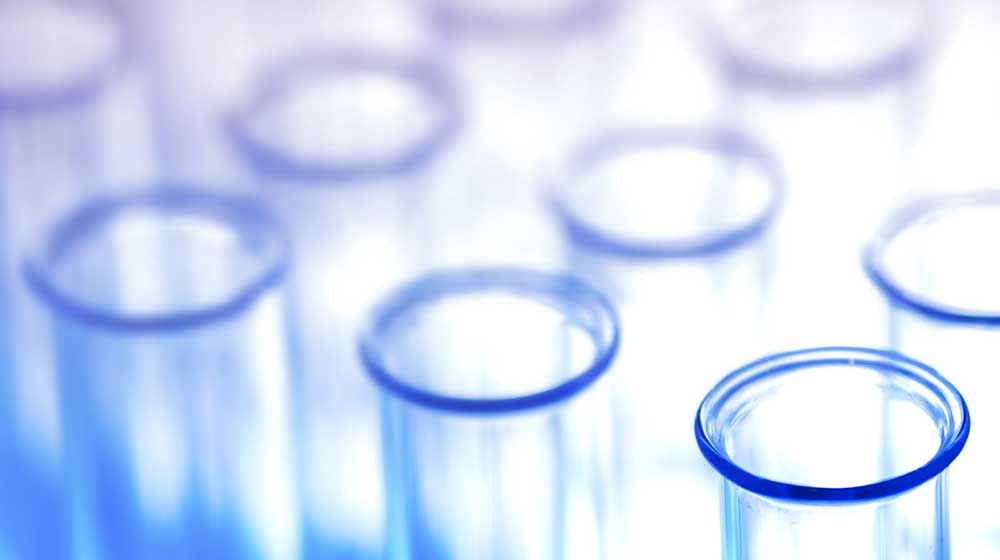
Biology - Forensic Biology and DNA forensic scientists analyze and identify evidence from a variety of sources, such as semen, saliva, and blood. Based upon what is found after the analysis, connections can be made from the crime scene to victim and/or suspect along with connecting a victim to a suspect.
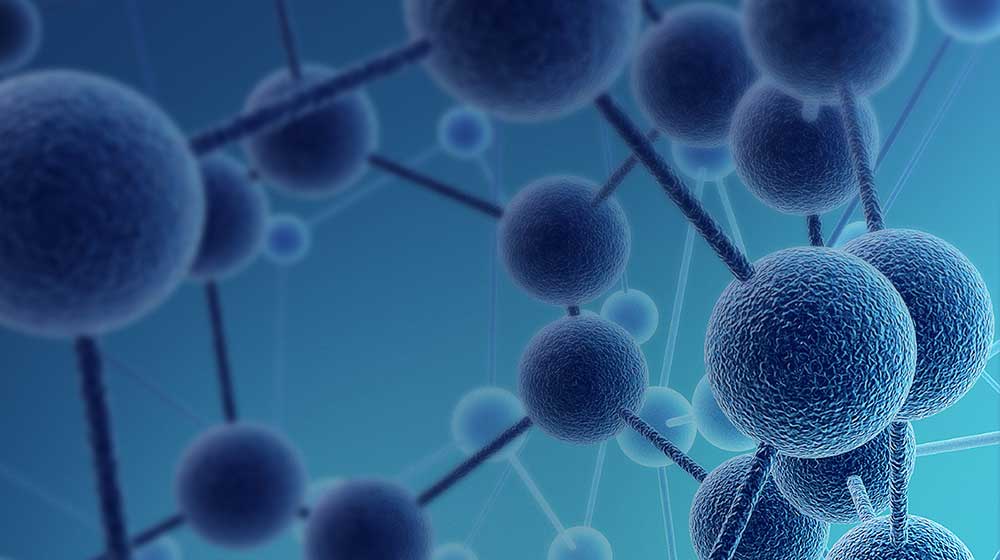
Chemistry and Toxicology - It is the job of a forensic drug chemist to identify unknown substances in seized drugs. However, if a drug analysis is needed on biological samples such as human tissue or bodily fluids, a forensic toxicologist will conduct those tests. Drugs can be found in almost any part of the body including blood, urine, vitreous humor (liquid inside the eyes), saliva, sweat, ear wax, breath, internal organs (liver, heart, stomach), hair, and fingernails.
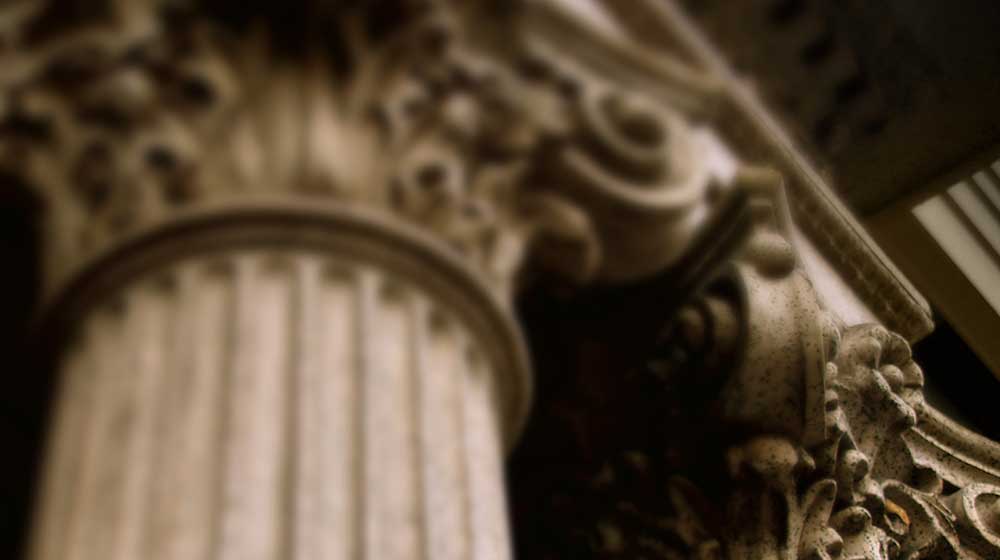
Criminal Justice -The system though which crimes and criminals are identified, apprehended, tried, and punished. Law enforcement officials, drug enforcement agents, investigators, judges, lawyers, and policymakers all work within this system.
Loyola's nationally ranked interdisciplinary program combines Biology, Anthropology, Chemistry and Criminal Justice. Using tools from these disciplines, students investigated a replicated crime scene, one that could easily appear in the Chicago area.

